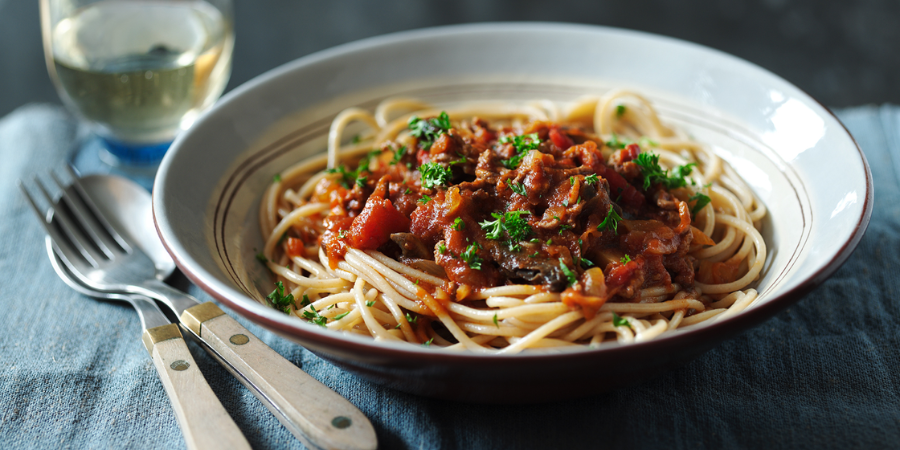When it comes to pasta, spaghetti often takes center stage. But the question remains: is spaghetti healthy? In this article, we’ll explore the nutritional aspects of spaghetti, its potential health benefits, and how it fits into a balanced diet. We will also look at different types of spaghetti, serving sizes, and alternatives for those seeking healthier options.
Understanding Spaghetti
Spaghetti is a long, thin noodle made from durum wheat semolina. It’s a staple in Italian cuisine and has become popular worldwide. But what makes spaghetti a beloved dish?
- Versatility: It pairs well with various sauces, vegetables, and proteins.
- Cultural Significance: It’s often associated with family gatherings and comfort food.
Types of Spaghetti
There are several types of spaghetti available:
| Type | Description |
|---|---|
| Traditional | Made from durum wheat; classic texture. |
| Whole Wheat | Higher in fiber; nuttier flavor. |
| Gluten-Free | Made from rice or corn; suitable for celiacs. |
| Vegetable-Based | Made from zucchini or other veggies; lower in carbs. |
Nutritional Breakdown
To determine if spaghetti is healthy, we need to analyze its nutritional profile.
Standard Nutritional Values (per 100g cooked)
| Nutrient | Amount |
|---|---|
| Calories | 158 |
| Carbohydrates | 31g |
| Protein | 5.8g |
| Fat | 0.9g |
| Fiber | 1.8g |
| Iron | 0.6mg |
Key Nutrients Explained
- Carbohydrates: The primary energy source for your body.
- Protein: Essential for muscle repair and growth.
- Fiber: Aids digestion and promotes satiety.
Health Benefits of Spaghetti
- Energy Boost: Spaghetti is rich in carbohydrates, making it an excellent source of energy. Athletes often consume pasta before races or intense workouts to fuel their performance.
- Heart Health: Whole wheat spaghetti contains more fiber than traditional spaghetti, which can help lower cholesterol levels and reduce the risk of heart disease.
- Weight Management: When consumed in moderation, spaghetti can be part of a weight management plan. Its fiber content helps you feel full longer, reducing overall calorie intake.
- Nutrient-Rich: Spaghetti can be paired with various nutrient-dense foods like vegetables and lean proteins, enhancing its health benefits.
Potential Drawbacks
While there are many benefits to eating spaghetti, there are also some considerations:
- High Glycemic Index: Traditional spaghetti has a high glycemic index (GI), which can cause spikes in blood sugar levels—especially if consumed without protein or fats.
- Portion Control: It’s easy to overeat pasta due to its appealing taste and texture. Large portions can lead to excessive calorie intake.
- Gluten Sensitivity: For those with celiac disease or gluten sensitivity, traditional spaghetti is not an option.
Serving Sizes and Recommendations
Understanding portion sizes is crucial for enjoying spaghetti healthily.
Recommended Serving Size
- Standard Serving: About 1 cup cooked (approximately 140g).
- Calories: Roughly 220 calories per serving (for traditional spaghetti).
Tips for Healthy Consumption
- Pair with Vegetables: Add spinach, tomatoes, or bell peppers to increase nutrient intake.
- Choose Whole Wheat: Opt for whole wheat spaghetti for added fiber.
- Mind the Sauce: Be cautious with creamy or sugary sauces that can add unnecessary calories.
Spaghetti Alternatives
For those looking to reduce carbs or gluten intake, consider these alternatives:
- Zucchini Noodles (Zoodles): Zoodles are a low-calorie option that provides vitamins and minerals without the carbs.
- Quinoa Pasta: Made from quinoa flour, this pasta is gluten-free and high in protein.
- Chickpea Pasta: Rich in protein and fiber, chickpea pasta is a nutritious alternative that keeps you full longer.
Conclusion
So, is spaghetti healthy? The answer is nuanced. While traditional spaghetti offers several health benefits—especially when paired with nutrient-rich ingredients—it’s essential to consider portion control and dietary needs.
Incorporating whole wheat or alternative pasta types can enhance the healthfulness of your meals while still allowing you to enjoy this beloved dish. Remember that balance is key; enjoy your spaghetti as part of a varied diet rich in vegetables, lean proteins, and healthy fats.
By making informed choices about how you prepare and consume spaghetti, you can savor its deliciousness while maintaining your health goals!


